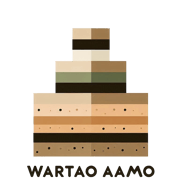Material & Method
A look at the sustainable building methods we work with
Rammed Earth
Dense, breathable walls made by packing soil in layers.
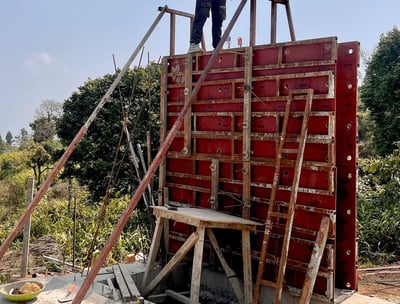

Rammed Earth involves compacting moist subsoil into formwork layer by layer, creating solid, long-lasting walls with a natural aesthetic.


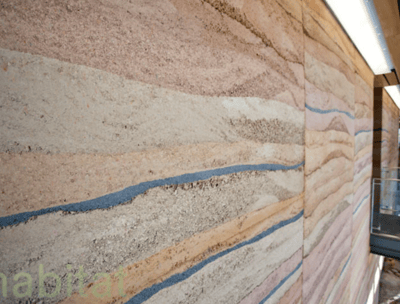

It's highly durable, fire-resistant, and offers excellent thermal performance — ideal for reducing long-term energy needs in a variety of climates.
With modern techniques and reinforcement, rammed earth bridges traditional wisdom and contemporary standards, making it viable for both rural homes and high-end architecture.
CSEB
(Compressed Stabilized Earth Blocks)


Compressed Stabilised Earth Blocks (CSEB) are high-performance building blocks made from local soil, compressed and stabilized with a minimal amount of cement for strength and durability.


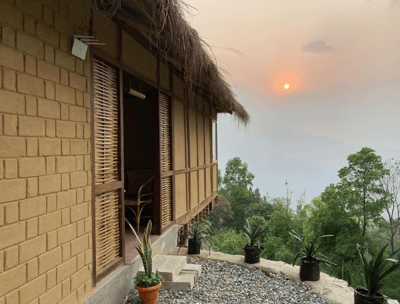

CSEBs are eco-friendly alternatives to fired bricks, offering excellent thermal performance, low embodied energy, and adaptability across a wide range of climates and soil types.
CSEB technologies developed by the Auroville Earth Institute have been certified for earthquake resistance and approved by governments in India and abroad for post-disaster reconstruction.
Wattle & Daub
Earthen walls woven from wood and clay
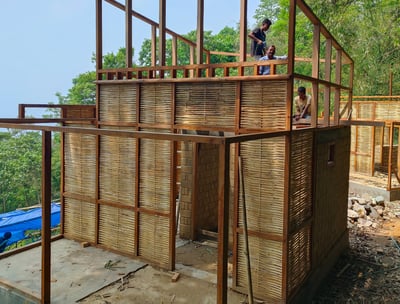

Wattle and Daub is an age-old construction technique where a woven lattice of bamboo (wattle) is coated with an earthen plaster (daub).


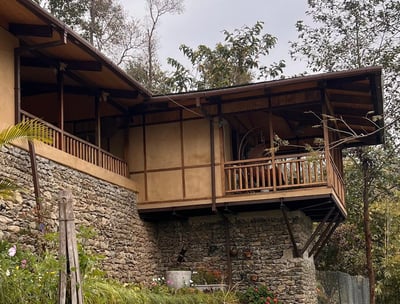

This method uses locally available materials like clay, husks, and bamboo to create walls that are breathable, insulating, and resilient.
Lightweight and flexible, wattle and daub is ideal for seismic zones and small structures, blending tradition with low-impact, low-cost building solutions.
(Ikra-bar)
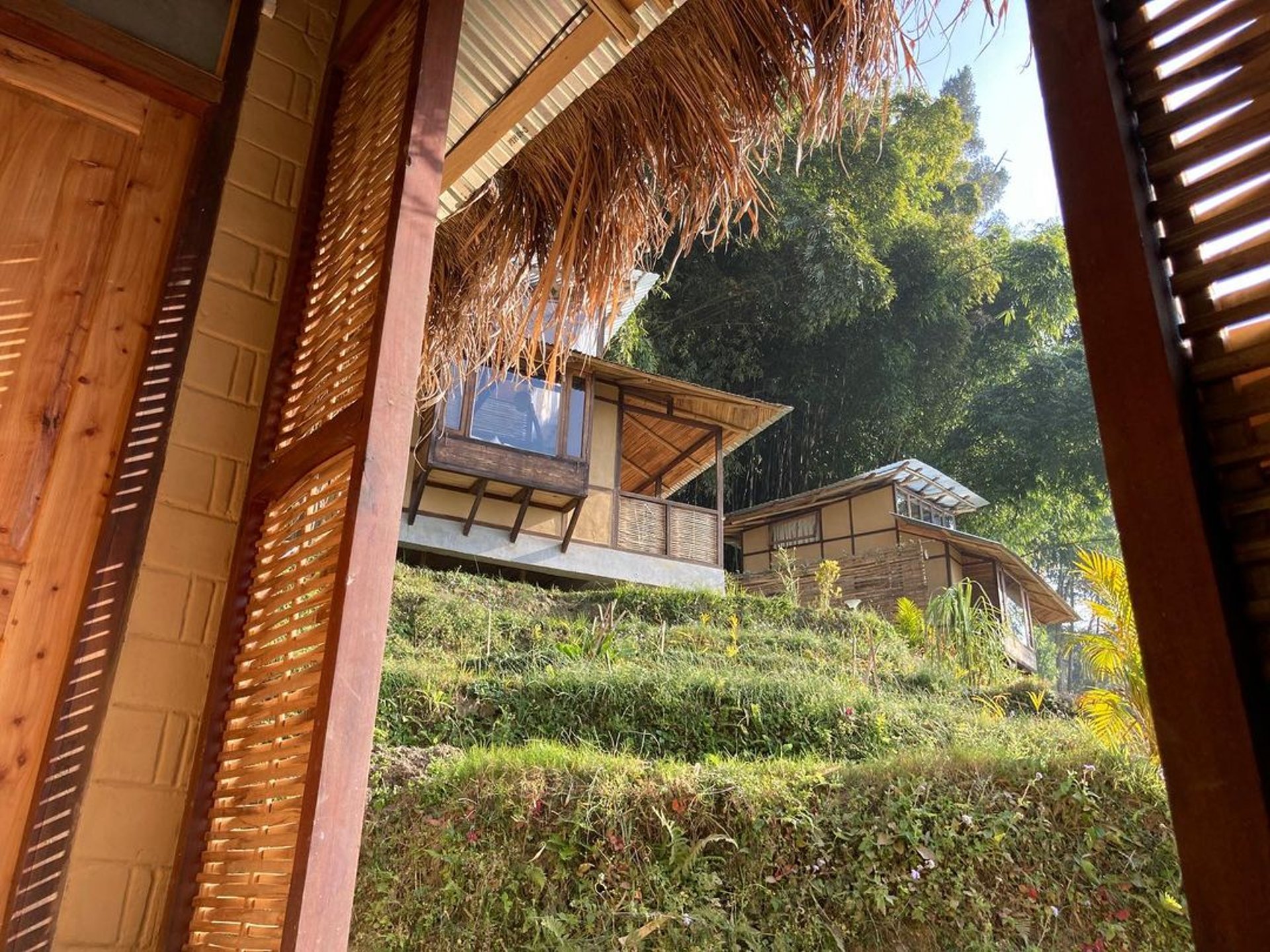
We build with intention — combining time-tested techniques, local materials, and smart design to create structures that are efficient, resilient, and grounded in place.
Our approach is adaptive: we choose what works best for each context, often blending methods to get the right balance of performance, beauty, and sustainability. Every project is a chance to collaborate with nature, not compete against it — and to build in ways that support the land, the people, and the future.
